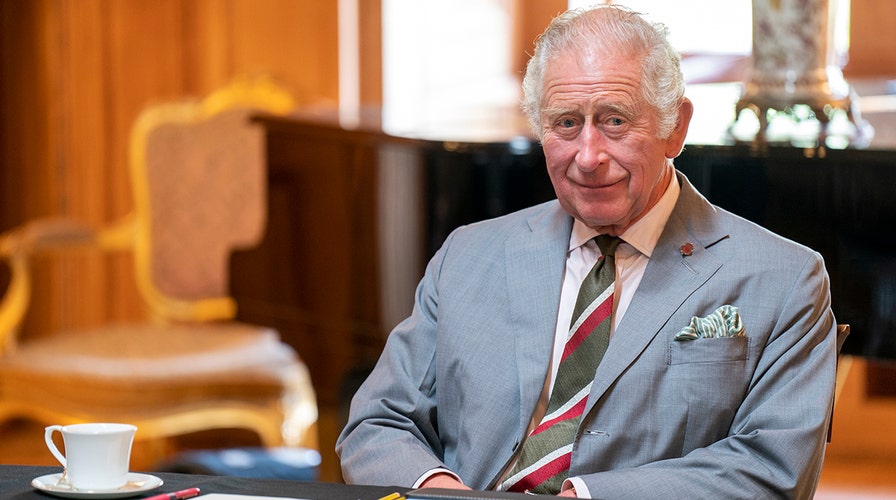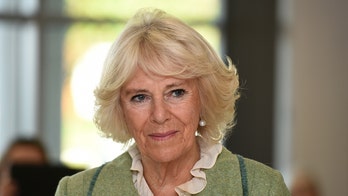Fox News Flash top entertainment headlines for September 9
Fox News Flash top entertainment and celebrity headlines are here.
While Prince Charles immediately became King Charles III after Queen Elizabeth II died, there are still a few steps that must be taken before he is formally crowned.
Queen Elizabeth had her coronation over a year after she actually became a monarch. Her father died in February 1952, and, due to an old common law rule in the country enacted to make sure the United Kingdom is never without a monarch, she became queen immediately.
Her coronation, however, did not take place until June 1953. And while one can assume King Charles III will not have his coronation for a few more months, formal steps are already being taken to make his role official.
One of those steps is the Accession Council and Principal Proclamation, set to take place Saturday.
KING CHARLES III DELIVERS FIRST ADDRESS AFTER QUEEN ELIZABETH II'S DEATH
Here is everything you need to know about what’s to come.
What is the Accession Council?

The Accession Council is a meeting of the Privy Counsellors, Great Officers of State, the Lord Mayor of London, Realm High Commissioners and senior civil servants, which only occurs upon the death of a monarch. (The Associated Press)
The Accession Council is a meeting of the Privy Counsellors, Great Officers of State, the Lord Mayor of London, Realm High Commissioners and senior civil servants and only occurs upon the death of a monarch.
The purpose of the meeting is to make the formal proclamation that the heir to the throne is becoming the country's next monarch. It is typically split up into two parts.
The meeting takes place at St. James’s Palace in London and will be televised for the first time in history this year. It will take place at 10 a.m. London time Saturday.
Part 1

Prince William and Queen Consort Camilla will be in attendance at the first half of the Accession Council meeting. They are both members of the Privy Counsel. (Getty Images)
The first half of the Accession Meeting takes place without the new king or queen in attendance. This is where the Accession Proclamation, or Principal Proclamation, proclaiming the new monarch as the sovereign is read.
Queen Elizabeth II’s proclamation stated, in part, "We, therefore, the Lords Spiritual and Temporal of this Realm, being here assisted with these his late Majesty's Privy Council, with representatives of other members of the Commonwealth, with other principal gentlemen of quality, with the Lord Mayor, Aldermen, and Citizens of London, do now hereby with one voice and consent of tongue and heart publish and proclaim that the high and mighty Princess Elizabeth Alexandra Mary is now, by the death of our late sovereign of happy memory, become Queen Elizabeth II."
CLICK HERE TO SIGN UP FOR THE ENTERTAINMENT NEWSLETTER
This proclamation is traditionally the first time the public learns what the new sovereign will be called. However, Clarence House has already revealed Charles will be referred to as King Charles III.
Once the proclamation has been read, it is signed by the prime minister, Lord Chancellor, lord privy seal, Earl Marshal, the archbishops of Canterbury and York, and any member of the royal family who is also part of the Privy Counsel. In this case, Prince William and Queen Consort Camilla will also be included. Everyone who signs are members of the "platform party."
Part 2

King Charles III has to attend the second half of the Accession Council meeting, where he will give a statement about his mother's death and take the Scottish Oath. (Chris Jackson/Getty Images)
After the initial proclamation is read and signed, part one of the meeting concludes, and the second part begins almost immediately. The new monarch has to attend the second half of the council, which acts as his or her first Privy Counsel meeting as the sovereign, and is only attended by the Privy Counselors.
Just as the queen read a statement about the death of her father, King Charles III will also give a statement about the death of his mother during this part of the meeting. His speech will be followed by the reading of the Scottish Oath, which every monarch has read since 1714.
The oath is an acknowledgment of the country’s separation of church and state.
Once the oath is taken, the monarch signs two separate documents ensuring the recitation of the oath. Each counselor then signs the proclamation and leaves. The proclamation is then taken to the balcony above Friary Court at St. James’s Palace, where it is read by the Garter King of Arms, who will be accompanied by Earl Marshal, officers and sergeants.
CLICK HERE TO GET THE FOX NEWS APP
While the proclamation introducing King Charles is read to the public, all flags will return to flying at full-staff, returning to half-staff out of respect and mourning for the queen as soon as the reading concludes in London, Scotland, Northern Ireland and Wales.







